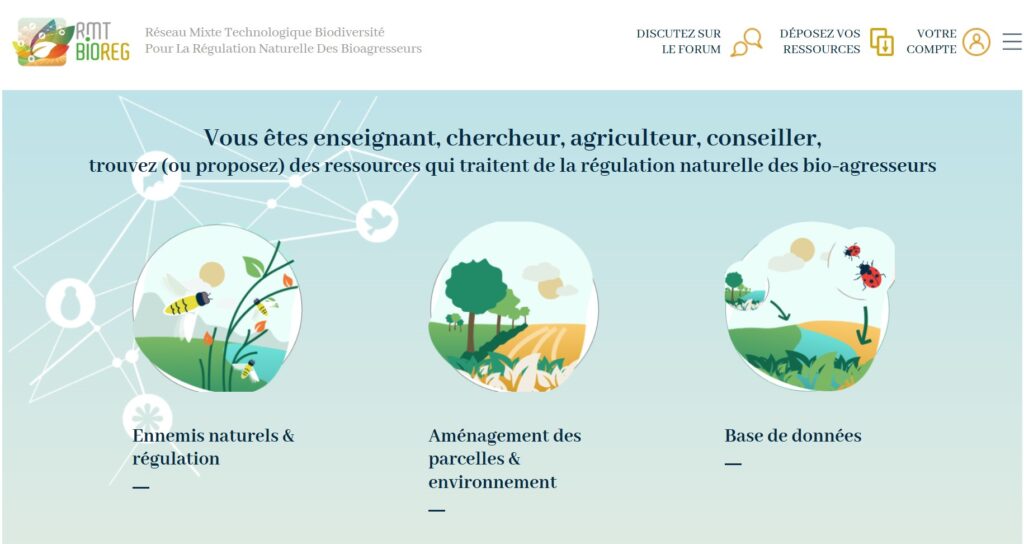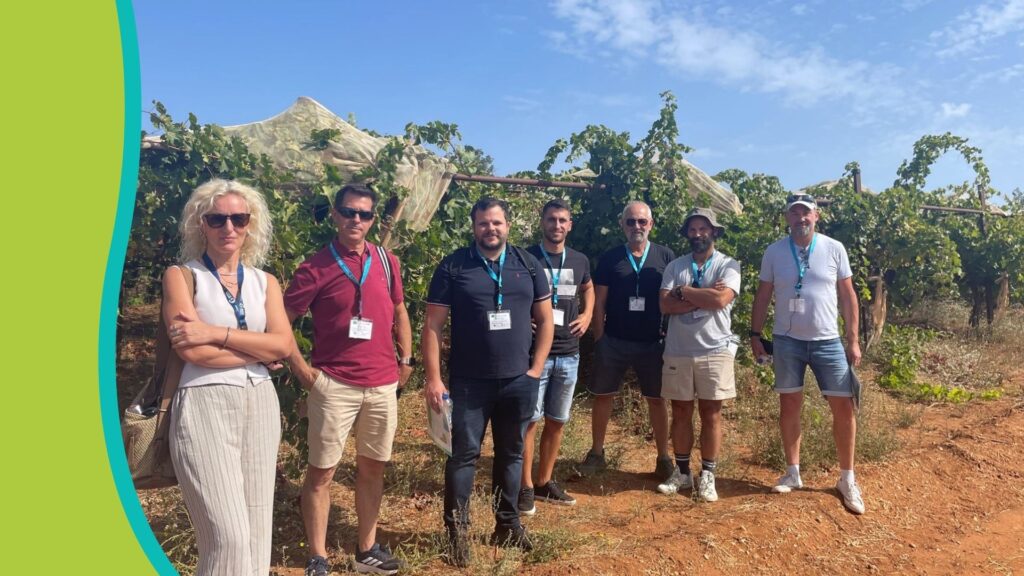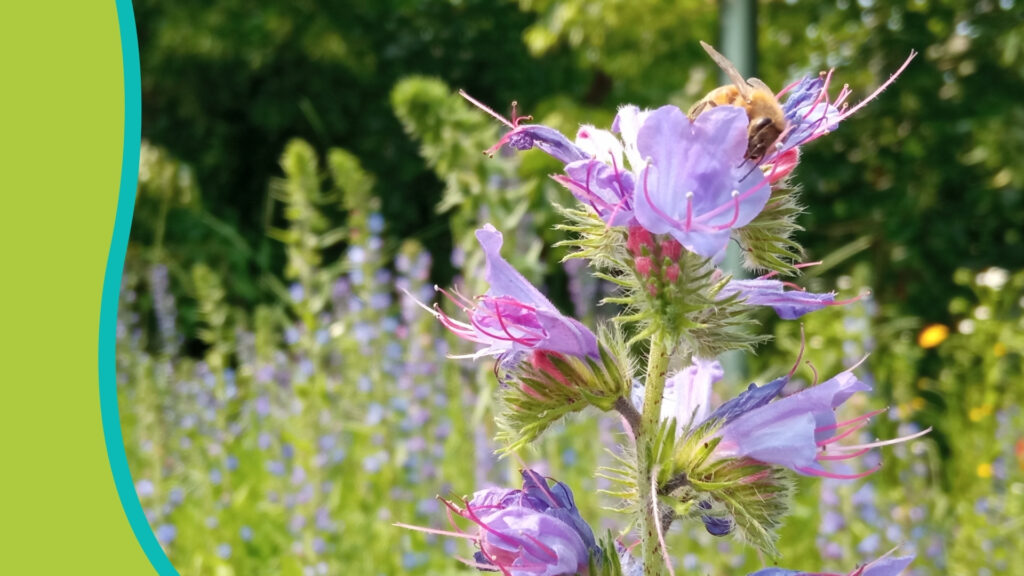In France, Joint Technology Networks (RMT in French) are scientific and technical partnership tools, created and supported by the ministry of agriculture. Over a period of five years, they are designed to encourage collaboration between research, training and development players on issues of major socio-economic and environmental importance.
ASTREDHOR is part of the co-coordination of the BioReg RMT (Biodiversity for the Natural Regulation of Pests) with INRAe (National Research Institute for Agriculture, Food and Environment, in France), launched in 2020 for a renewable 3-year period. This RMT support the design and management of cropping systems by proposing combinations of agro-ecological drivers to optimise biological control through conservation, based on a detailed understanding of the functioning of the natural regulation processes of pests in agricultural landscapes.
To improve the level of natural regulation within a plot, it is necessary to understand how an agro-ecosystem works, and in particular the role of the different types of organisms that make it up. The landscape and environment of the plots play a major role in the effectiveness of natural regulation. They make it possible to improve the composition or level of functional biodiversity, as well as directing flows (scaring away pests or attracting beneficials to the plots).
The installation of hedges, grassy strips or flowerbeds improves the level of biodiversity. Recently, at the initiative of the RMT a database for choosing species for an entomophilous flower strip or hedge was finalised by Lucie Giraudou and Sarah Perusin (of INP – ENSAT AGRO TOULOUSE), under the direction of Véronique Sarthou (SYRPHYS Agro-Environnement). This database can link the attractiveness of flowering plants to predators and parasitoids, making it easy to choose plant species for flower strips or hedges.
This database can be found here. Plants are classified by families and Latin names of the species. The beneficials attracted and the pests targeted are specified for each plant. Other detailed are given like the geographical position, ecological info, and references.



